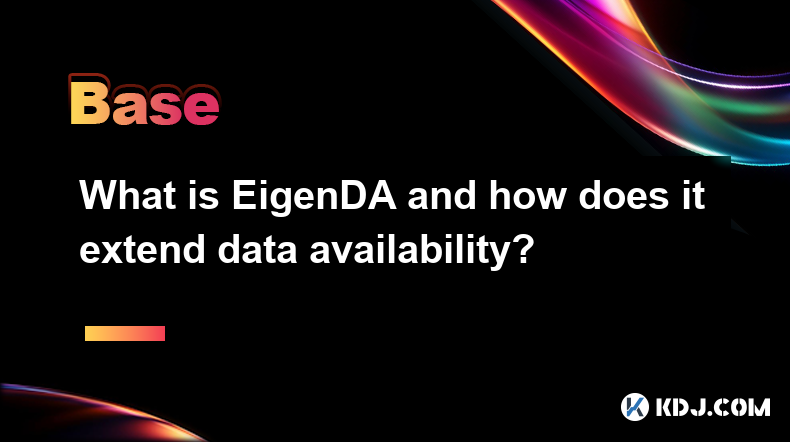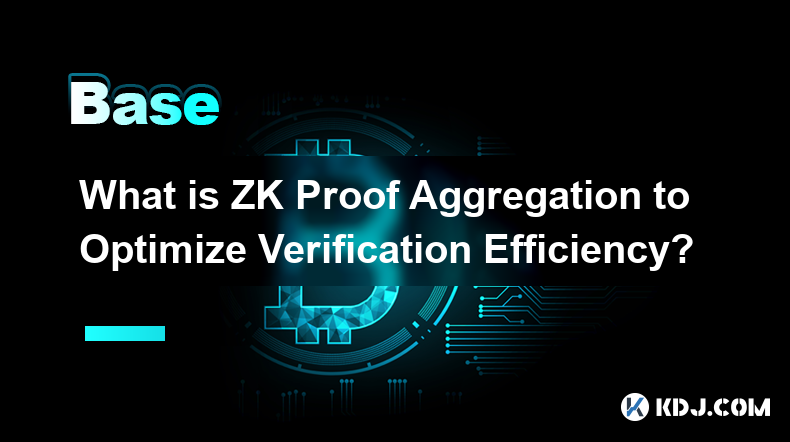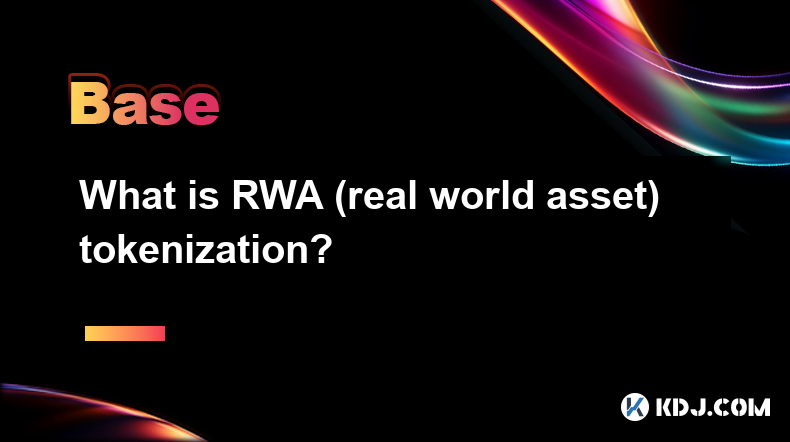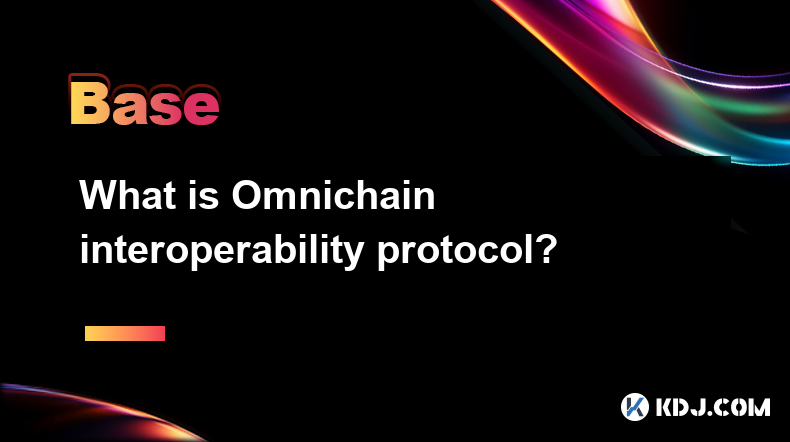-
 Bitcoin
Bitcoin $84,655.6797
1.84% -
 Ethereum
Ethereum $1,638.2069
4.51% -
 Tether USDt
Tether USDt $0.9995
0.00% -
 XRP
XRP $2.1285
5.77% -
 BNB
BNB $595.2684
1.49% -
 Solana
Solana $129.1530
7.51% -
 USDC
USDC $0.9999
-0.01% -
 Dogecoin
Dogecoin $0.1658
4.36% -
 TRON
TRON $0.2482
2.47% -
 Cardano
Cardano $0.6480
4.17% -
 UNUS SED LEO
UNUS SED LEO $9.3414
-0.53% -
 Chainlink
Chainlink $13.0482
3.43% -
 Avalanche
Avalanche $20.2950
5.30% -
 Stellar
Stellar $0.2452
5.80% -
 Toncoin
Toncoin $3.0180
1.99% -
 Sui
Sui $2.2916
4.56% -
 Shiba Inu
Shiba Inu $0.0...01256
4.22% -
 Hedera
Hedera $0.1711
2.66% -
 Bitcoin Cash
Bitcoin Cash $345.7661
11.04% -
 MANTRA
MANTRA $6.3308
-1.24% -
 Litecoin
Litecoin $78.4049
2.68% -
 Polkadot
Polkadot $3.6950
3.97% -
 Hyperliquid
Hyperliquid $16.1883
5.27% -
 Dai
Dai $1.0001
0.02% -
 Bitget Token
Bitget Token $4.3687
0.62% -
 Pi
Pi $0.7296
20.84% -
 Ethena USDe
Ethena USDe $0.9989
0.02% -
 Monero
Monero $206.1586
1.51% -
 Uniswap
Uniswap $5.5276
5.12% -
 OKB
OKB $53.5408
0.54%
What is EigenDA and how does it extend data availability?
EigenDA, developed by EigenLayer, enhances blockchain data availability through sharding, redundancy, and zero-knowledge proofs, ensuring network integrity and scalability.
Apr 11, 2025 at 05:28 pm

EigenDA is a groundbreaking solution within the cryptocurrency ecosystem designed to enhance data availability across blockchain networks. Developed by EigenLayer, EigenDA aims to address the critical issue of data availability, ensuring that all participants in a blockchain network can access the necessary data to verify transactions and maintain the integrity of the network. This article will explore what EigenDA is, how it extends data availability, and its significance within the crypto space.
What is EigenDA?
EigenDA is a decentralized data availability solution that leverages the EigenLayer protocol. At its core, EigenDA is designed to provide a scalable and efficient way to ensure that data required by blockchain networks is readily available to all participants. This is crucial for maintaining the decentralized nature of blockchains and ensuring that they remain secure and transparent.
EigenDA operates by using a network of nodes that are responsible for storing and providing access to data. These nodes are incentivized through the EigenLayer protocol, which rewards them for maintaining high levels of data availability. By distributing data across a wide network of nodes, EigenDA ensures that no single point of failure can compromise the availability of data, thereby enhancing the robustness of blockchain networks.
How Does EigenDA Extend Data Availability?
EigenDA extends data availability by implementing several key features that are designed to improve the efficiency and scalability of data distribution. One of the primary ways it achieves this is through data sharding, a process that involves breaking down large data sets into smaller, more manageable pieces, or shards. These shards are then distributed across the network of nodes, allowing for faster and more efficient data retrieval.
Another crucial aspect of EigenDA's approach is its use of redundancy. By storing multiple copies of data across different nodes, EigenDA ensures that even if some nodes go offline, the data remains available to the network. This redundancy is essential for maintaining high levels of data availability and ensuring that the network can continue to function smoothly even in the face of potential disruptions.
EigenDA also employs advanced cryptographic techniques to ensure the integrity and security of the data it manages. These techniques include the use of zero-knowledge proofs, which allow nodes to verify the availability of data without having to download and process the entire data set. This not only enhances the efficiency of data verification but also reduces the computational load on the network, making it more scalable.
The Significance of EigenDA in the Crypto Space
The significance of EigenDA in the cryptocurrency space cannot be overstated. As blockchain networks continue to grow and handle increasingly large volumes of data, ensuring data availability becomes a critical challenge. Without robust data availability solutions, these networks risk becoming centralized or vulnerable to attacks, which could undermine their security and trustworthiness.
EigenDA addresses these challenges by providing a scalable and decentralized solution that can handle the growing data needs of blockchain networks. By ensuring that data is readily available to all participants, EigenDA helps maintain the decentralized nature of these networks, enhancing their security and transparency.
Furthermore, EigenDA's ability to scale efficiently makes it an attractive solution for a wide range of blockchain applications. Whether it's for decentralized finance (DeFi) platforms, non-fungible token (NFT) marketplaces, or other blockchain-based services, EigenDA provides the infrastructure needed to ensure that data is always available when needed.
How EigenDA Integrates with Existing Blockchain Networks
EigenDA is designed to be highly compatible with existing blockchain networks, making it easy to integrate and use. The process of integrating EigenDA into a blockchain network involves several key steps, each of which is crucial for ensuring seamless operation.
Assess Network Requirements: The first step is to assess the specific data availability needs of the blockchain network. This involves understanding the volume of data that needs to be managed and the level of redundancy required to ensure high availability.
Configure Nodes: Once the requirements are clear, the next step is to configure the nodes that will be part of the EigenDA network. This involves setting up the necessary hardware and software and ensuring that the nodes are properly connected to the blockchain network.
Deploy EigenDA Protocol: With the nodes configured, the EigenDA protocol can be deployed across the network. This involves installing the necessary software on each node and ensuring that they are communicating effectively with each other.
Test and Validate: After deployment, it's crucial to test and validate the performance of the EigenDA network. This involves running various tests to ensure that data is being stored and retrieved efficiently and that the network can handle the expected volume of data.
Monitor and Maintain: Finally, ongoing monitoring and maintenance are essential to ensure that the EigenDA network continues to operate smoothly. This involves regularly checking the status of nodes, ensuring that data is being stored and retrieved correctly, and addressing any issues that arise.
The Role of EigenLayer in EigenDA
EigenLayer plays a crucial role in the operation of EigenDA, providing the underlying infrastructure and incentives that make the system work. EigenLayer is a protocol that allows different blockchain networks to share resources and collaborate more effectively, and it is this collaborative approach that underpins EigenDA's ability to provide scalable data availability solutions.
One of the key features of EigenLayer is its incentive mechanism, which rewards nodes for maintaining high levels of data availability. This mechanism is crucial for ensuring that nodes have a financial incentive to participate in the EigenDA network and to store and provide access to data effectively.
EigenLayer also provides a framework for interoperability between different blockchain networks. By allowing these networks to share resources and data, EigenLayer enhances the overall efficiency and scalability of the blockchain ecosystem, making it easier for networks to adopt solutions like EigenDA.
Technical Details of EigenDA
To understand how EigenDA works at a technical level, it's important to delve into some of the key components and processes that make up the system. One of the core components of EigenDA is its data availability sampling mechanism, which allows nodes to verify the availability of data without having to download the entire data set.
Data Sharding: As mentioned earlier, EigenDA uses data sharding to break down large data sets into smaller shards. These shards are then distributed across the network of nodes, allowing for faster and more efficient data retrieval.
Redundancy: EigenDA stores multiple copies of data across different nodes to ensure high levels of availability. This redundancy is crucial for maintaining the integrity of the data and ensuring that it remains accessible even if some nodes go offline.
Zero-Knowledge Proofs: EigenDA uses zero-knowledge proofs to allow nodes to verify the availability of data without having to download and process the entire data set. This enhances the efficiency of data verification and reduces the computational load on the network.
Incentive Mechanism: The EigenLayer protocol provides an incentive mechanism that rewards nodes for maintaining high levels of data availability. This mechanism is crucial for ensuring that nodes have a financial incentive to participate in the EigenDA network and to store and provide access to data effectively.
Frequently Asked Questions
Q: How does EigenDA differ from other data availability solutions?
A: EigenDA differs from other solutions by its use of the EigenLayer protocol, which provides a scalable and decentralized approach to data availability. Unlike some centralized solutions, EigenDA ensures that data is distributed across a wide network of nodes, enhancing the robustness and security of the system.
Q: Can EigenDA be used with any blockchain network?
A: Yes, EigenDA is designed to be highly compatible with existing blockchain networks. Its flexible architecture allows it to be integrated with a wide range of networks, making it a versatile solution for enhancing data availability.
Q: What are the potential risks associated with using EigenDA?
A: While EigenDA is designed to enhance data availability, there are potential risks associated with any decentralized system, such as the possibility of node failures or network congestion. However, EigenDA's use of redundancy and advanced cryptographic techniques helps mitigate these risks.
Q: How does EigenDA handle data privacy and security?
A: EigenDA prioritizes data privacy and security through the use of advanced cryptographic techniques, including zero-knowledge proofs. These techniques ensure that data can be verified without compromising its privacy, and the decentralized nature of the system enhances its overall security.
Disclaimer:info@kdj.com
The information provided is not trading advice. kdj.com does not assume any responsibility for any investments made based on the information provided in this article. Cryptocurrencies are highly volatile and it is highly recommended that you invest with caution after thorough research!
If you believe that the content used on this website infringes your copyright, please contact us immediately (info@kdj.com) and we will delete it promptly.
- Shiba Inu (SHIB) Has Cemented Its Status as One of the Trendiest Meme Coins
- 2025-04-13 02:00:13
- MAGACOIN FINANCE (MGA) Is Buzzing—and It's One of the Best Cryptos to Buy Today
- 2025-04-13 02:00:13
- Once gushed over and tipped to usurp Bitcoin, Ethereum now faces what at least one analyst has dubbed a “midlife crisis.”
- 2025-04-13 01:55:14
- Sui (SUI), which is in the 17th position of cryptocurrencies, has been getting more attention recently
- 2025-04-13 01:55:14
- UXLINK Partners with Stanford to Shape the Future of Digital Currency
- 2025-04-13 01:55:13
- SUI Price Recovers Strongly from Recent Lows After Reclaiming the $2.18 Mark. The Price is Now Testing Resistance at $2.22
- 2025-04-13 01:55:13
Related knowledge

What is Delayed Encryption technology?
Apr 11,2025 at 10:42pm
What is Delayed Encryption Technology? In the world of cryptocurrencies, security is paramount. One of the innovative solutions to enhance the security of digital transactions is Delayed Encryption Technology. This technology introduces a layer of security by encrypting data with a time delay, ensuring that the information remains secure until a specifi...

What is EigenDA and how does it extend data availability?
Apr 11,2025 at 05:28pm
EigenDA is a groundbreaking solution within the cryptocurrency ecosystem designed to enhance data availability across blockchain networks. Developed by EigenLayer, EigenDA aims to address the critical issue of data availability, ensuring that all participants in a blockchain network can access the necessary data to verify transactions and maintain the i...

What is ZK Proof Aggregation to Optimize Verification Efficiency?
Apr 11,2025 at 05:42pm
ZK Proof Aggregation is a technique used in the field of zero-knowledge proofs (ZKPs) to enhance the efficiency of verifying multiple proofs. In the context of cryptocurrencies, where scalability and efficiency are paramount, ZK Proof Aggregation plays a crucial role in optimizing the verification process. This method allows multiple proofs to be combin...

What is DePIN (Decentralized Physical Infrastructure)?
Apr 12,2025 at 01:42am
What is DePIN (Decentralized Physical Infrastructure)? DePIN, or Decentralized Physical Infrastructure, represents a groundbreaking approach to building and managing physical infrastructure using decentralized technologies. At its core, DePIN leverages blockchain and other decentralized systems to create, operate, and maintain physical assets in a way t...

What is RWA (real world asset) tokenization?
Apr 13,2025 at 12:21am
What is RWA (Real World Asset) Tokenization? RWA (Real World Asset) tokenization refers to the process of converting tangible or intangible real-world assets into digital tokens on a blockchain. This innovative approach allows for the representation, ownership, and transfer of assets such as real estate, art, commodities, and intellectual property throu...

What is Omnichain interoperability protocol?
Apr 11,2025 at 08:36pm
The Omnichain interoperability protocol refers to a technology designed to enable seamless interaction and data exchange between different blockchain networks. This protocol aims to solve the issue of blockchain isolation by allowing assets, data, and functionalities to move freely across various chains. In essence, Omnichain interoperability facilitate...

What is Delayed Encryption technology?
Apr 11,2025 at 10:42pm
What is Delayed Encryption Technology? In the world of cryptocurrencies, security is paramount. One of the innovative solutions to enhance the security of digital transactions is Delayed Encryption Technology. This technology introduces a layer of security by encrypting data with a time delay, ensuring that the information remains secure until a specifi...

What is EigenDA and how does it extend data availability?
Apr 11,2025 at 05:28pm
EigenDA is a groundbreaking solution within the cryptocurrency ecosystem designed to enhance data availability across blockchain networks. Developed by EigenLayer, EigenDA aims to address the critical issue of data availability, ensuring that all participants in a blockchain network can access the necessary data to verify transactions and maintain the i...

What is ZK Proof Aggregation to Optimize Verification Efficiency?
Apr 11,2025 at 05:42pm
ZK Proof Aggregation is a technique used in the field of zero-knowledge proofs (ZKPs) to enhance the efficiency of verifying multiple proofs. In the context of cryptocurrencies, where scalability and efficiency are paramount, ZK Proof Aggregation plays a crucial role in optimizing the verification process. This method allows multiple proofs to be combin...

What is DePIN (Decentralized Physical Infrastructure)?
Apr 12,2025 at 01:42am
What is DePIN (Decentralized Physical Infrastructure)? DePIN, or Decentralized Physical Infrastructure, represents a groundbreaking approach to building and managing physical infrastructure using decentralized technologies. At its core, DePIN leverages blockchain and other decentralized systems to create, operate, and maintain physical assets in a way t...

What is RWA (real world asset) tokenization?
Apr 13,2025 at 12:21am
What is RWA (Real World Asset) Tokenization? RWA (Real World Asset) tokenization refers to the process of converting tangible or intangible real-world assets into digital tokens on a blockchain. This innovative approach allows for the representation, ownership, and transfer of assets such as real estate, art, commodities, and intellectual property throu...

What is Omnichain interoperability protocol?
Apr 11,2025 at 08:36pm
The Omnichain interoperability protocol refers to a technology designed to enable seamless interaction and data exchange between different blockchain networks. This protocol aims to solve the issue of blockchain isolation by allowing assets, data, and functionalities to move freely across various chains. In essence, Omnichain interoperability facilitate...
See all articles























































































